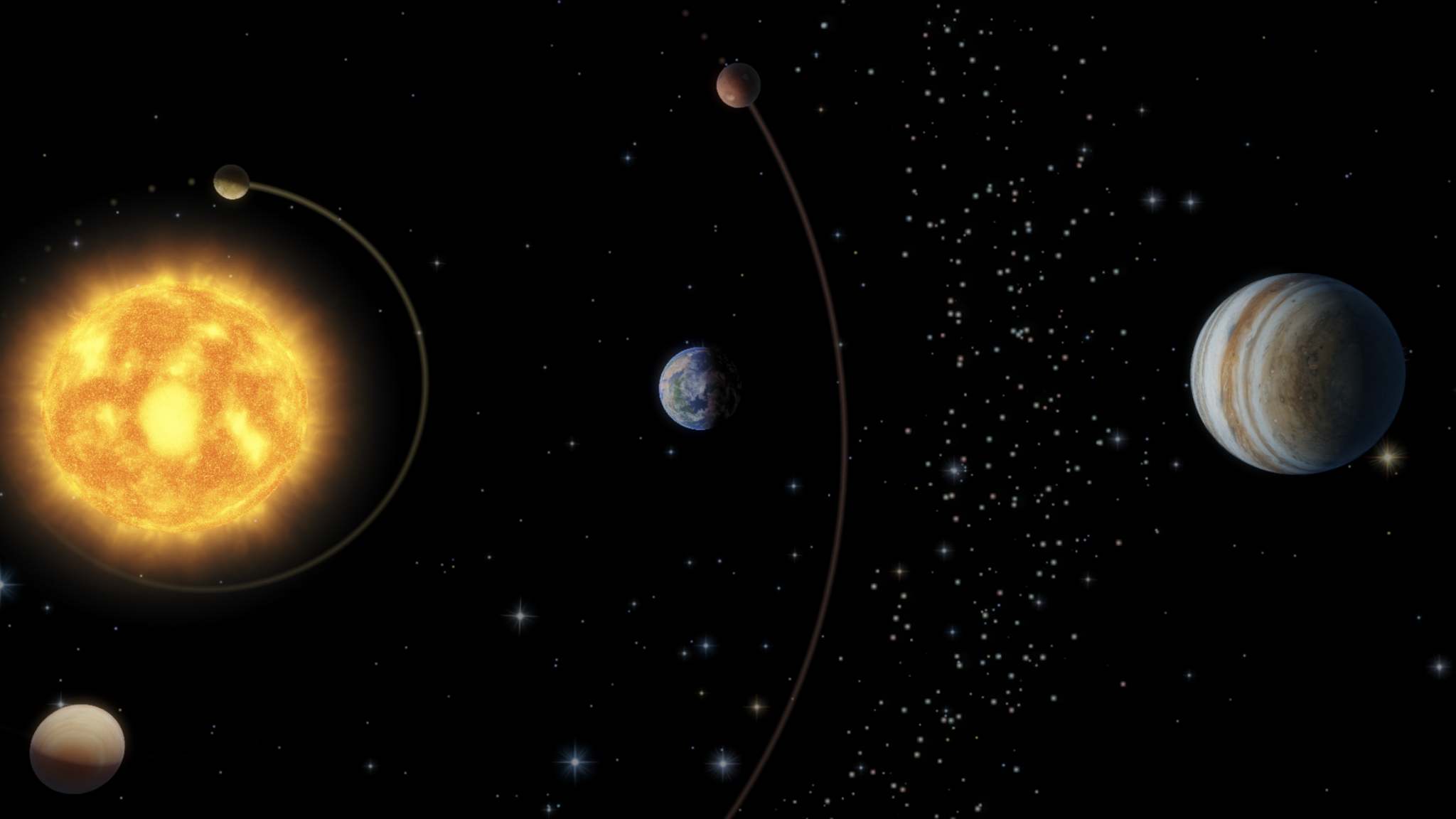Jupiter Peaks in Perfection
The Jupiter opposition took place on Tuesday, May 8 at 9 pm EDT, however, it will look almost that large and bright throughout May. So, if you missed the opportunity to view Jupiter in the sky on the day of opposition, you can still do it.
This week, Jupiter is still almost exactly opposite the sun in the sky, causing it to be visible all night long and to show a disk that is brighter and larger than at any other time this year. The king of planets will already be visible in the eastern sky after sunset. It will reach its highest elevation (about three fist diameters) above the southern horizon around 12:45 am local time, and then descend into the southwestern sky as the sun rises. The bright star sitting just to the upper right of Jupiter is Libra’s (the Scales) brightest star, Zubenelgenubi. In binoculars or a small telescope, it splits into a closely spaced pair of stars.
On Sunday evening, May 13 between 9 pm and 10:49 pm, Jupiter’s moon Ganymede and its little round black shadow will cross (or transit) Jupiter’s disk. On Tuesday morning, May 15 the moon Io and its shadow will transit between 12:50 am and 3 am. Between Saturday evening at 11:15 pm and Sunday morning at 1:30 am, the moon Europa and its shadow will transit. All times are given in Eastern Daylight Time (EDT). A reasonable backyard telescope will show the black shadows, but a very good telescope is needed to see the moons, themselves.
The Great Red Spot takes about three hours to cross Jupiter’s disk. But the planet’s 10-hour rotation period (i.e., its day) means that the spot is only observable from Earth every 2–3 nights. If you’d like to see the GRS, use a medium-sized telescope (or larger). You’ll have your best luck on evenings with steady air — when the stars are not twinkling too much. The best times to try this week are: Tuesday, May 15 at 10:17 pm, Thursday, May 17 at 11:55 pm, and Sunday, May 20 at 9:25 pm. All times are given in Eastern Daylight Time (EDT), so adjust for your local time zone.
